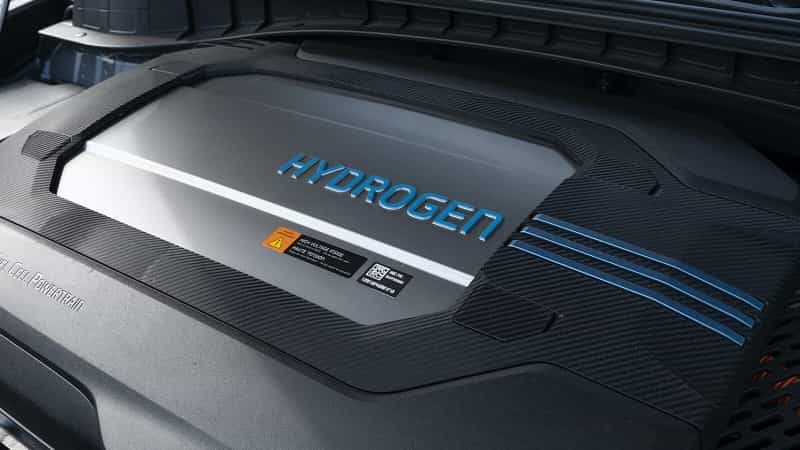Hydrogen cars 31-01-2023 - Arhive
Hydrogen cars
-Why hydrogen cars are not the answer
Imagine an electric car which has a range of 400 miles, can be refuelled almost as fast as a petrol or diesel car yet emits only water. Those are the upsides of a hydrogen fuel cell car (known as a fuel cell electric vehicle, or FCEV). So why aren’t they everywhere?
There is a dedicated core of FCEV supporters who insist that hydrogen-powered EVs are better than battery-powered EVs, and that the world is crazy for ignoring them. Unfortunately, a hydrogen fuel cell offers few advantages over a battery, with several deal-breaking disadvantages.
The problems that show no sign of really being overcome include cost, lack of infrastructure and relative inefficiencies in delivering hydrogen to customers.
But let’s start with a bit of background into FCEVs.
What’s a hydrogen car?
A hydrogen fuel cell car is a type of electric vehicle, using a similar electric motor system to drive the car as used by a battery electric vehicle. The key difference is how the electricity is generated and stored. Hydrogen cars
In a battery electric vehicle – which is any EV you can currently buy on the market – the electricity to power the car comes from an external source (usually the national electricity grid) and is stored in a large battery, most often placed along the floor of the car underneath your feet.
In comparison, a hydrogen fuel cell car is fuelled with hydrogen from a fuelling station, in a similar way to filling a petrol car. The hydrogen is then used to create electricity on the go to power the electric motor.
How a hydrogen fuel cell car works
In simple terms, a fuel cell car consists of several pressurised fuel tanks which supply what is known as a fuel cell stack. The stack is made up of individual cells which each produce less than one volt of electricity, so hundreds of them are connected together to produce the necessary voltage to power the electric motor.
The fuel cell generates electricity by forcing hydrogen to react with oxygen. The only output is water.
Hydrogen is used because it’s a great energy carrier, meaning a small amount can release a lot of energy to drive the vehicle. That also means hydrogen is highly explosive if it leaks, which is why you inevitably read and see references to the 1937 Hindenberg airship explosion anytime anyone mentions hydrogen-powered cars.
However, that was 86 years ago and a lot has changed about how hydrogen is used and stored. Hydrogen cars
Modern hydrogen fuel tanks are just as safe, if not safer, than petrol tanks (another highly explosive product we are quite happy living with on a daily basis). They typically have a carbon fibre shell surrounded by a glass fibre layer. They can withstand double their normal operating pressures and are surrounded by sensors.
Tiny choice, high price
Car makers who have already built production hydrogen fuel cell cars have tended to be those who want to showcase their technical expertise rather than make a profit from them.

Hydrogen cars
